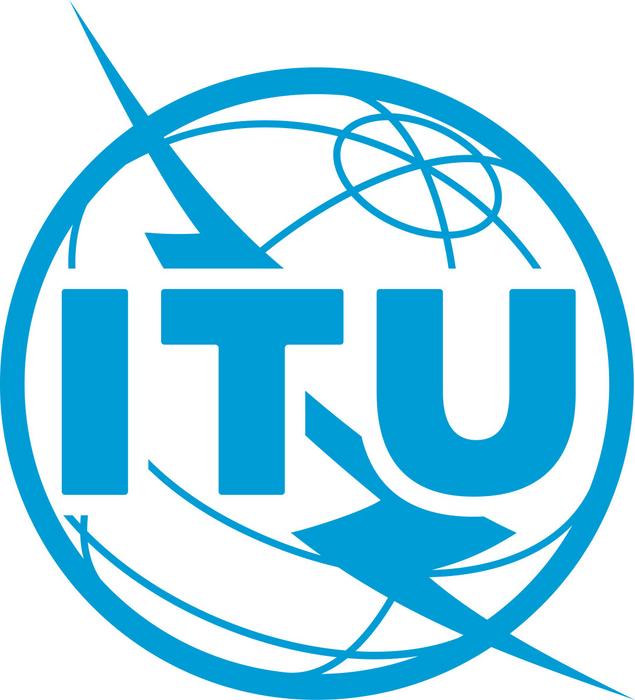COLUMBUS, Ohio – While it can take years for the pharmaceutical industry to create medicines capable of treating or curing human disease, a new study suggests that using generative artificial intelligence could vastly accelerate the drug-development process.
Today, most drug discovery is carried out by human chemists who rely on their knowledge and experience to select and synthesize the right molecules needed to become the safe and efficient medicines we depend on. To identify the synthesis paths, scientists often employ a technique called retrosynthesis – a method for creating potential drugs by working backward from the wanted molecules and searching for chemical reactions to make them.
Yet because sifting through millions of potential chemical reactions can be an extremely challenging and time-consuming endeavor, researchers at The Ohio State University have created an AI framework called G2Retro to automatically generate reactions for any given molecule. The new study showed that compared to current manual-planning methods, the framework was able to cover an enormous range of possible chemical reactions as well as accurately and quickly discern which reactions might work best to create a given drug molecule.
“Using AI for things critical to saving human lives, such as medicine, is what we really want to focus on,” said Xia Ning, lead author of the study and an associate professor of computer science and engineering at Ohio State. “Our aim was to use AI to accelerate the drug design process, and we found that it not only saves researchers time and money but provides drug candidates that may have much better properties than any molecules that exist in nature.”
This study builds on previous research of Ning’s where her team developed a method named Modof that was able to generate molecule structures that exhibited desired properties better than any existing molecules. “Now the question becomes how to make such generated molecules, and that is where this new study shines,” said Ning, also an associate professor of biomedical informatics in the College of Medicine.
The study was published today in the journal Communications Chemistry.
– Eurekalert







